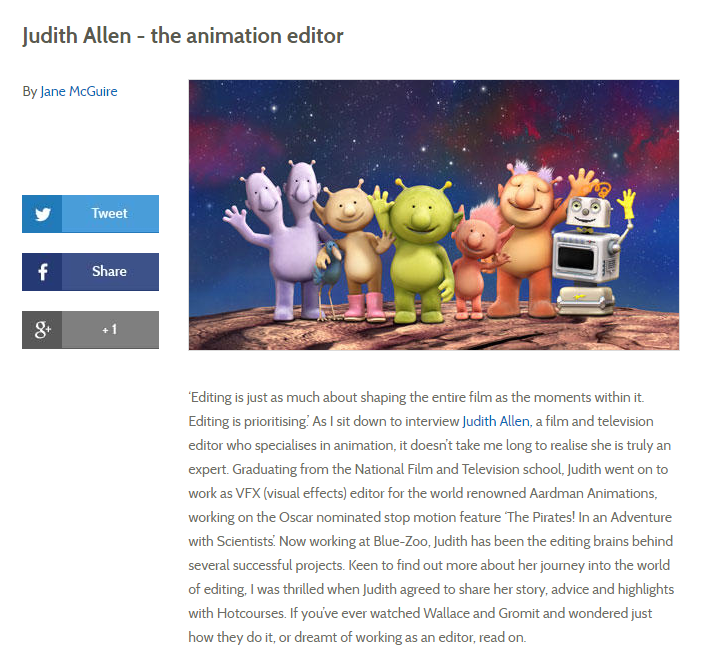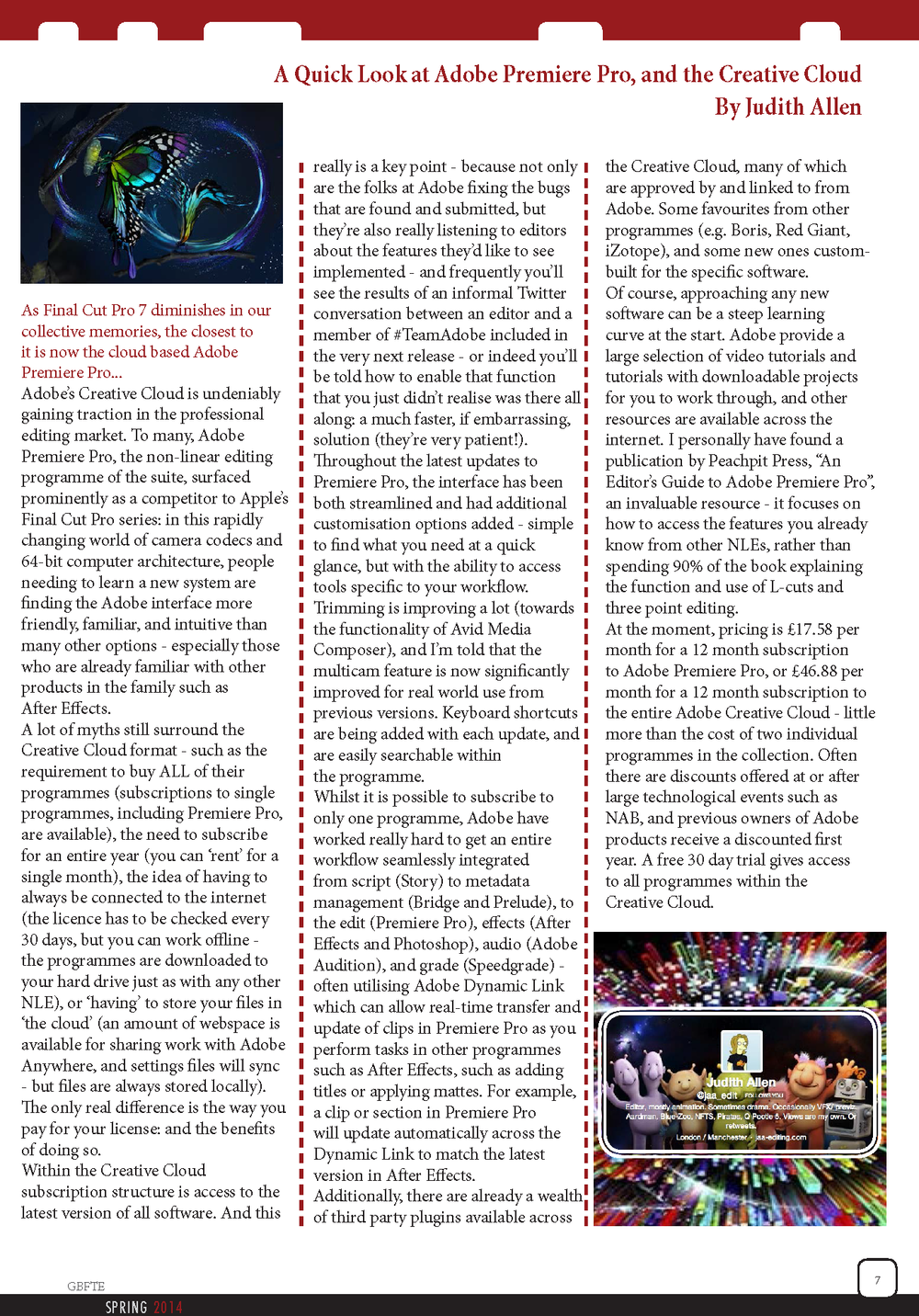I appear to be one of the few people sharing animation timelines, and they're quite different to what most other people are used to seeing. Indeed, they're quite different to my own live-action timelines (a comparison briefly discussed as part of Avid's own #TimelineTuesday series).
So, I'm going to show how I get there. What the various stages are, and a brief explanation where possible of what's changed and why. A previous blog post has a flow chart which shows the 'typical' route through the edit of an episode, for reference to how each part sits in the whole.
I'm using an episode from the series I'm currently editing as an example, and this post covers the animatic stage of production (for additional information see "editing an animatic", a previous blog post based on a different series). For animatics, I use Adobe's Premiere Pro.

